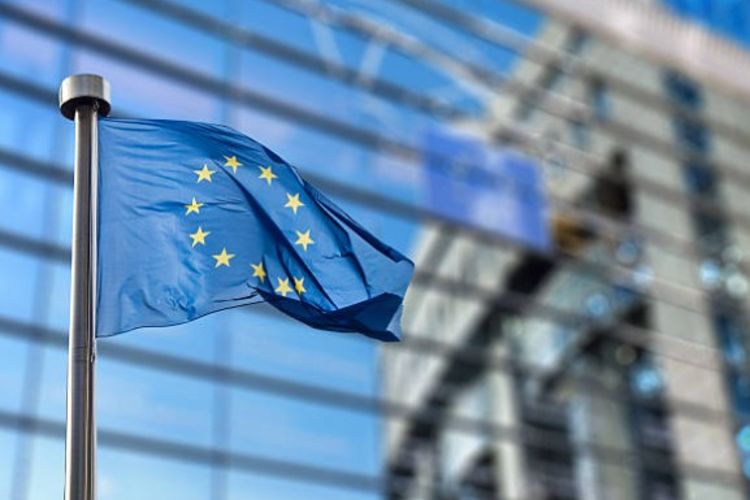India-EU FTA: The clock is ticking for India’s trade negotiators. With Washington imposing a 50% tariff on Indian exports, the pressure to conclude a free trade agreement with the European Union has intensified. Commerce secretary Sunil Barthwal heads to Brussels next week, and commerce minister Piyush Goyal is expected to follow. The urgency is clear: the United States is India’s largest export market, and its protectionist turn demands quick diversification.
The US action is a double blow — a baseline 25% tariff topped by a further 25% penalty linked to India’s continued imports of Russian oil. New Delhi has called it “unfair and unjustified,” but rhetoric alone cannot protect the $86.5 billion worth of goods exported to the US. Among those most exposed are textiles, gems and jewellery, leather, and chemicals. These labour-intensive sectors employ millions, and trade bodies such as the Confederation of Indian Textile Industry have described the development as a major setback.
READ | Ayyankali: Dignity, resistance, and the making of an inclusive public
Europe as a strategic lifeline
The European Union is India’s second-largest trading partner, with bilateral trade reaching $141.6 billion in 2024, or 11.5% of India’s total trade. Services accounted for $70 billion in 2023. The FTA talks, revived in 2021 after an eight-year freeze, have acquired new momentum. Prime Minister Narendra Modi and European Commission President Ursula von der Leyen had pledged in February to finalise a deal by December 2025. With the 13th round of negotiations due in New Delhi on September 8, the timeline has shifted from ambitious to critical.
For India, the EU is more than a market — it is a hedge against American protectionism. Europe needs India’s textiles, pharmaceuticals, and IT services. A deal could also soften the impact of the EU’s Carbon Border Adjustment Mechanism, due in January 2026, which will impose 20-35% tariffs on carbon-intensive exports such as steel and cement.
India’s urgency is heightened by competition. Bangladesh enjoys preferential tariffs in the EU under the Generalised Scheme of Preferences. India, which lost its GSP benefits in 2023, must secure an FTA to level the playing field.
India-EU FTA: Sticking points in negotiations
Negotiations have progressed on issues such as transparency, customs procedures, intellectual property, and digital trade. But the EU’s insistence on binding commitments on labour rights and environmental standards has met with Indian resistance, with New Delhi regarding them as non-trade issues. The European Commission admits that substantial differences remain.
India, meanwhile, is pressing for reduced EU tariffs on automobiles, wine, and whiskey — currently at prohibitive levels of 100-150% — as well as Mutual Recognition Agreements for professional qualifications and greater mobility for IT professionals. These are seen as non-negotiable demands by New Delhi.
Competitive pressures and geopolitical stakes
The United Kingdom’s free trade agreement with India, signed in May 2025, has added to the pressure on Brussels. EU firms dominate Indian imports in sectors such as medical devices, electric-vehicle batteries, and offshore wind components. Without a comparable agreement, European businesses risk ceding market share to UK competitors who now enjoy preferential access.
The EU also views the FTA as part of its Indo-Pacific strategy, a bid to balance China’s influence and secure geopolitical relevance in a region central to global trade. For India, the deal is equally strategic—a pivot that signals its intent to deepen ties with Europe as global supply chains fracture.
An FTA with Europe is not just a trade pact; it is a geopolitical statement. India’s domestic efforts to build resilience, from strengthening MSMEs that account for 45% of exports to promoting local industry, are important. But they will not offset the blow of American tariffs. Industry voices, from Anand Mahindra to textile exporters, have stressed on the same message: diversify or perish.
Yet, the path is not smooth. The EU’s high standards and India’s insistence on policy autonomy make negotiations arduous. But failure is not an option. If concluded, the India-EU FTA could provide not just market access but also the strategic cushion India needs in an uncertain global order.

